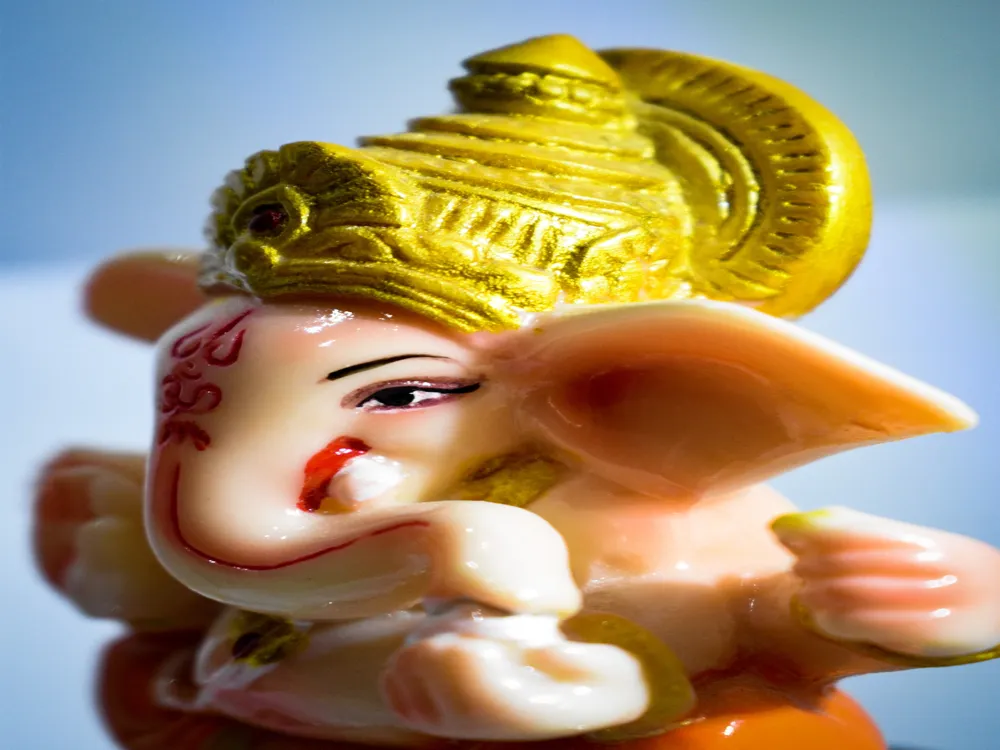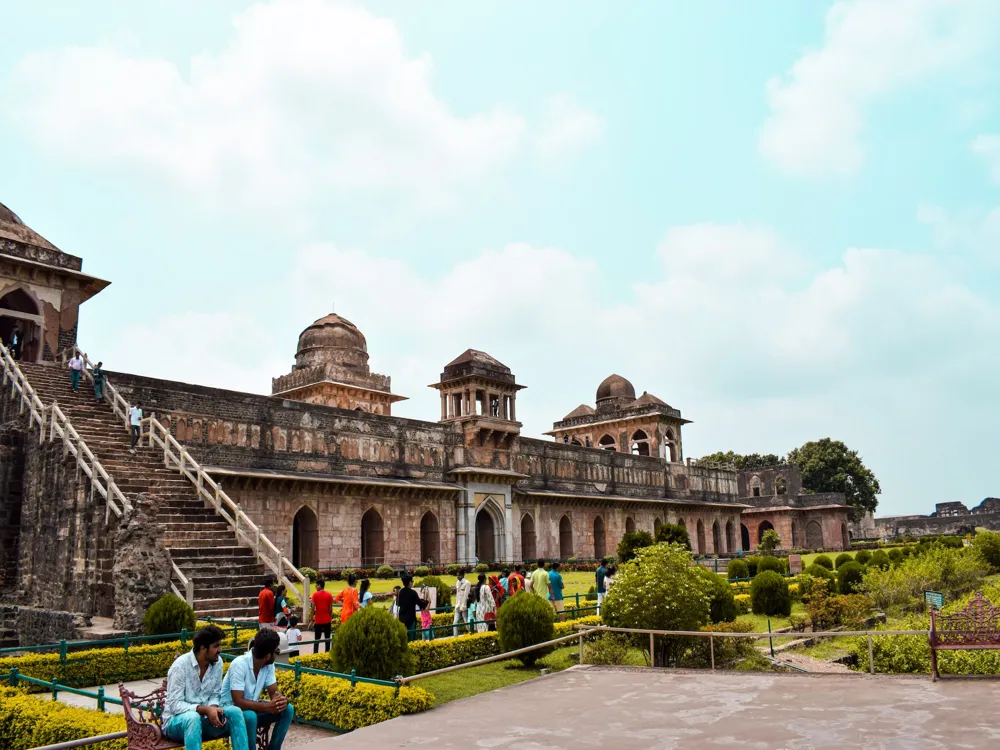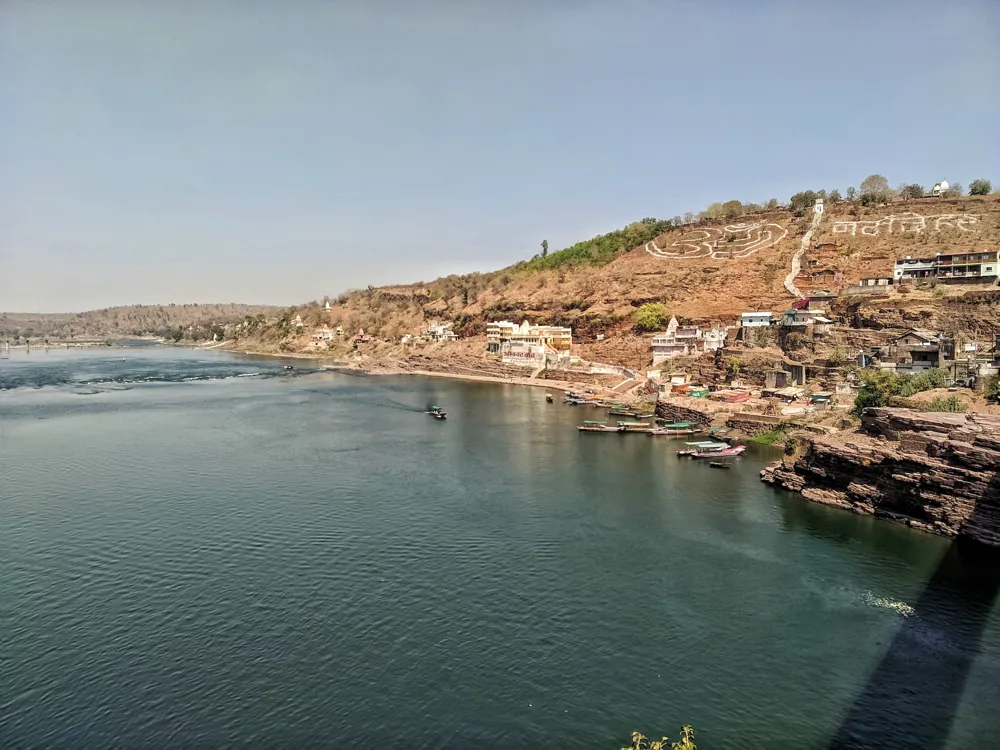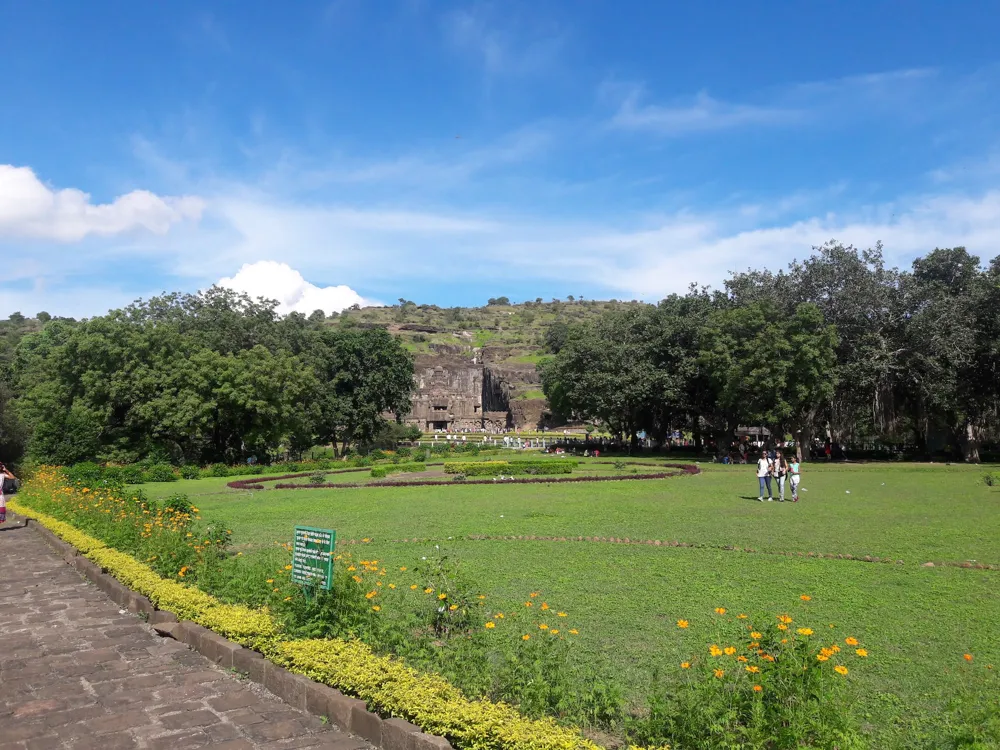Bada Ganpati, a revered religious site in Indore, Madhya Pradesh, stands as a testament to spiritual grandeur and cultural heritage. This magnificent temple, dedicated to Lord Ganesha, is renowned for housing one of the largest Ganesha idols in the world. The idol, measuring an astounding 25 feet in height, is not just a symbol of devotion but also an architectural marvel. The temple's inception dates back to the late 19th century and has since been a pivotal site of worship and a beacon of faith for devotees across the globe. The inception of Bada Ganpati can be traced to 1875, under the patronage of Queen Ahilyabai Holkar, who played a crucial role in Indore's architectural and cultural development. The temple's lore is as fascinating as its structure, rooted in the belief that anything offered to the deity here leads to fulfillment. This belief draws thousands of pilgrims yearly, turning the temple into a melting pot of culture, faith, and diversity. Beyond its religious significance, Bada Ganpati is a reflection of Indore's historical evolution. The city, once a princely state under the Holkar dynasty, has transformed into a bustling metropolis, with the temple remaining a constant in its ever-changing skyline. The temple's presence offers a serene escape to visitors from the urban sprawl, inviting them to experience tranquility and spirituality in the heart of the city. The architecture of Bada Ganpati is as monumental as the deity it enshrines. The temple showcases a blend of traditional Maratha, Mughal, and Rajput architectural styles, reflecting the diverse cultural influences that have shaped Indore's history. The grandiose idol of Lord Ganesha, the centerpiece of the temple, is crafted from a unique amalgamation of materials including limestone, jaggery, bricks, and precious stones, symbolizing the convergence of earthly and divine elements. The intricate carvings and ornate designs adorning the temple walls tell stories from ancient scriptures, bringing to life mythological tales and moral lessons. The temple's layout is designed to facilitate a seamless flow of devotees, ensuring a peaceful and orderly darshan (viewing) of the deity. The sanctum sanctorum, where the idol resides, is an area of profound spiritual significance, radiating a sense of awe and reverence. The temple's exterior is equally impressive, featuring towering spires and domes that dominate the skyline. The use of vibrant colors and detailed frescoes adds to the temple's visual appeal, making it a photographer's delight. The temple's design not only serves a religious purpose but also stands as a testament to the artistic and engineering prowess of its creators. Visitors to Bada Ganpati are advised to dress modestly, in adherence to the temple's traditional norms. It is recommended to wear clothes that cover the shoulders and knees. Devotees are expected to maintain decorum and respect the sanctity of the temple premises. The ideal time to visit Bada Ganpati is during the cooler months from October to March. The temple is particularly vibrant during Ganesh Chaturthi, a major festival celebrated with great fervor. However, visitors should be prepared for larger crowds during this period. Photography is generally allowed in the temple premises, but it is advisable to check for any specific restrictions, especially in the inner sanctum. Visitors should be respectful and avoid obstructing the flow of devotees while taking photos. The temple is equipped with basic facilities like restrooms and drinking water. Accessibility for differently-abled visitors is also taken into consideration, with ramps available at certain points. Bada Ganpati is easily accessible from various parts of Indore and beyond. The temple is located approximately 5 kilometers from the city center, making it reachable by local transport like buses, auto-rickshaws, and taxis. For those traveling from other cities, Indore is well-connected by air, with the nearest airport being Devi Ahilyabai Holkar Airport. The city also has a robust railway network, with Indore Junction serving as a major railway station linking to different parts of India. Visitors can opt for private or public transportation from these points to reach the temple. Read More:Overview of Bada Ganpati, Indore
Architecture of Bada Ganpati
Tips When Visiting Bada Ganpati
Dress Code and Conduct
Best Time to Visit
Photography Rules
Facilities and Accessibility
How To Reach Bada Ganpati
Bada Ganpati
Indore
Madhya Pradesh
NaN onwards
View indore Packages
Weather :
Label : Must Visit
Tags : Temple
Timings : 5:00 AM - 12:00 PM, 4:00 PM - 8:00 PM
Time Required : Less than 1 hour
Entry Fee : No entry fee
Planning a Trip? Ask Your Question
Indore Travel Packages
View All Packages For Indore
Top Hotel Collections for Indore

Private Pool

Luxury Hotels

5-Star Hotels

Pet Friendly
Top Hotels Near Indore
Other Top Ranking Places In Indore
View All Places To Visit In indore
View indore Packages
Weather :
Label : Must Visit
Tags : Temple
Timings : 5:00 AM - 12:00 PM, 4:00 PM - 8:00 PM
Time Required : Less than 1 hour
Entry Fee : No entry fee
Planning a Trip? Ask Your Question
Indore Travel Packages
View All Packages For Indore
Top Hotel Collections for Indore

Private Pool

Luxury Hotels

5-Star Hotels

Pet Friendly





















